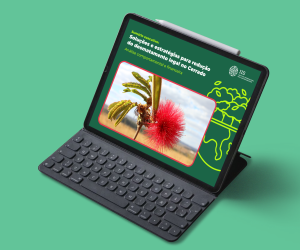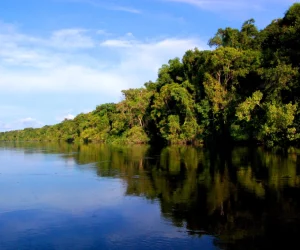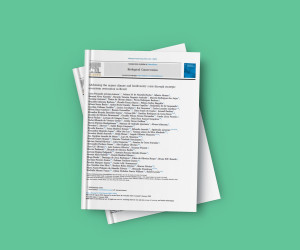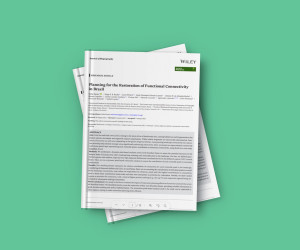Publications > Article
Ecological Economics: Costs and Carbon Benefits of Mangrove Conservation and Restoration: A Global Analysis
Blue carbon in mangroves represents one of highest values of carbon stocks per hectare, and could play an important role in climate change mitigation. In this study we estimated the carbon prices needed to promote mangrove conservation and restoration under mechanisms of payment for ecosystem services (PES). We mapped the remaining and deforested mangroves across the globe in 2017, and crossed this information with carbon stocks in the biomass and soil and with land opportunity and restoration costs. In accordance with previous studies we found that Southeast Asia holds the largest opportunities for blue carbon programs to support conservation and restoration. Conserving remaining mangroves would avoid the release of up to 15.51 PgCO2 to the atmosphere, and could be achieved at carbon prices between 3.0 and 13.0 US$ per tCO2 for 90% of remaining mangroves. Restoring mangroves can sequester up to 0.32 PgCO2 globally. Carbon prices between 4.5 and 18.0 US$ per tCO2 could support the restoration of 90% of deforested mangroves. Such prices, however, may not apply to contexts of high-profit alternative land-uses. In such contexts, the valuation of co-benefits and the combination of carbon-based mechanisms and sustainable management may be a viable pathway.








